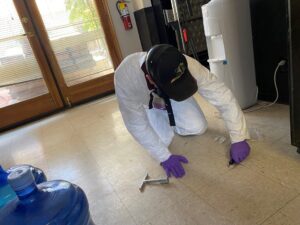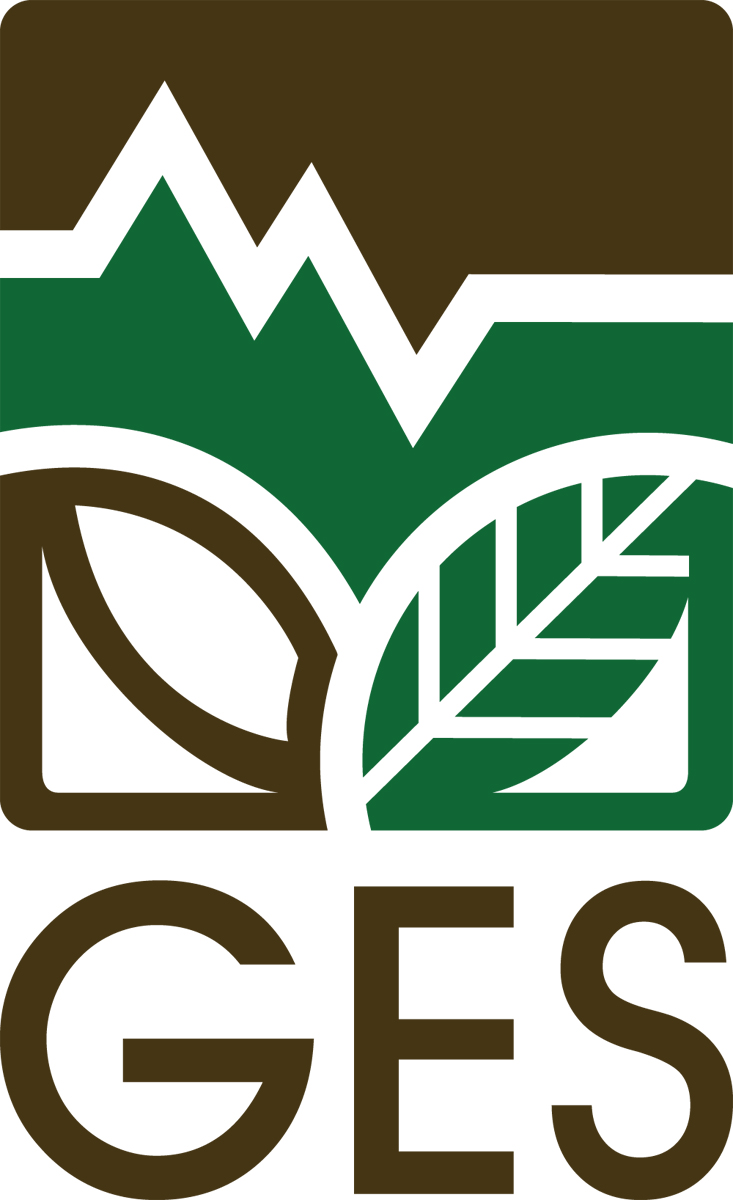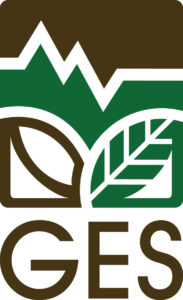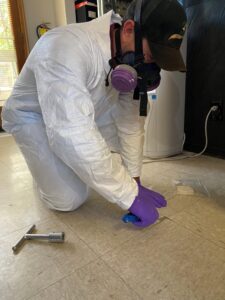Is it dangerous to renovate or demolish a building?
In the past, the construction industry widely used
Lead-Based Paint
Lead-based paint, commonly used in buildings constructed before 1978, poses significant health risks, particularly to children and pregnant women. Ingesting or inhaling lead dust or paint chips can result in lead poisoning, leading to developmental delays, learning difficulties, and various other health issues.
To address this hazard, the Environmental Protection Agency (EPA) established the Lead Renovation, Repair, and Painting (RRP) Rule. This rule requires renovators and maintenance workers to be trained and certified in lead-safe work practices, including proper containment and cleanup measures. If lead-based paint is deteriorating or presents a risk, it is essential to hire a professional lead abatement contractor to safely remove or encapsulate the paint and a third-party inspector to confirm the safe removal.
Asbestos
Asbestos, a naturally occurring mineral fiber, was once extensively used in construction due to its fire resistance, insulation properties, and durability. Better-known asbestos containing building materials include transite pipes and some textured “popcorn” ceilings. Despite the benefits of these products, studies have proven exposure to asbestos fibers can lead to severe health problems, including lung cancer, mesothelioma, and asbestosis. The main risk arises when these fibers are disturbed or damaged, releasing microscopic particles into the air that can be easily inhaled. This can easily occur during demolition or renovation.
To protect occupants and workers from asbestos exposure, building owners and managers should conduct thorough asbestos inspections before any renovation or demolition activities. These surveys should be conducted by environmental consultants certified in asbestos surveys.
GES utilizes appropriately licensed personnel when performing asbestos and lead assessment hazardous building material surveys. Our team visually inspects the survey area to identify homogenous areas and collects an appropriate number of bulk samples. Sample analysis occurs through a third party NVLAP accredited lab.
Following the field investigation, laboratory analytical results are reviewed, a detailed sample location map is prepared, and recommendations for further actions are then summarized in a final report.
If asbestos-containing materials are identified, they should be properly encapsulated, enclosed, or, if necessary, removed by licensed professionals trained in handling asbestos safely, with a third party monitoring the removal process to ensure regulated materials are contained in the remediation area.
Other Hazardous Building Materials
PCBs are commonly found in electrical equipment and insulation until the 1970s. Mercury can be found in older thermostats, fluorescent lights, and switches. Formaldehyde is common in particleboard, plywood and insulation. Mold, while not a building material, is treated as such. It is often found wherever there has been excessive moisture and poor ventilation.
Wrap it up
If you’re remodeling or removing an older building the odds of the building containing lead-based paint, asbestos, or other hazardous building materials can be significant. As a result, the project owner may become responsible for the health and safety of the occupants, construction team, and people in the surrounding area. This is why surveys from certified environmental consultants prior to beginning work can be critical. If the survey recommends abatement, removal needs to be performed by a qualified abatement contractor and monitored by a third-party company with the credentials to confirm the removal is conducted safely and completely.
At GES, appropriately licensed personnel are utilized to perform oversight of abatement. We visually inspect containments to assess gross integrity and critical barrier seals. We also keep track of manometer readings to ensure adequate negative pressure is being maintained, should containment of the material be deemed necessary. Upon completion of asbestos and/or lead abatement activities, we visually inspect the containment to ensure no visible asbestos and/or lead containing debris, residue, or waste was not abated. Following the visual clearance, air sampling and analysis are performed to quantitatively clear the containment.
GES performs multiple types of air monitoring. In the instance of radon or soil vapor intrusion, GES places and collects appropriate samples for analysis by a third-party laboratory. For suspected mold, GES collects samples from both the affected area and immediately outside of the affected area to determine if potentially harmful spores are present at levels higher than the background concentrations. For perimeter air quality monitoring during asbestos abatement programs, GES mobilizes AHERA accredited Contractor/Supervisors to collect cassette samples to be analyzed for asbestos.
If you have any questions or have a project in need of a Lead-Based Paint or Asbestos Certified Contractor Supervisor, please contact us.


